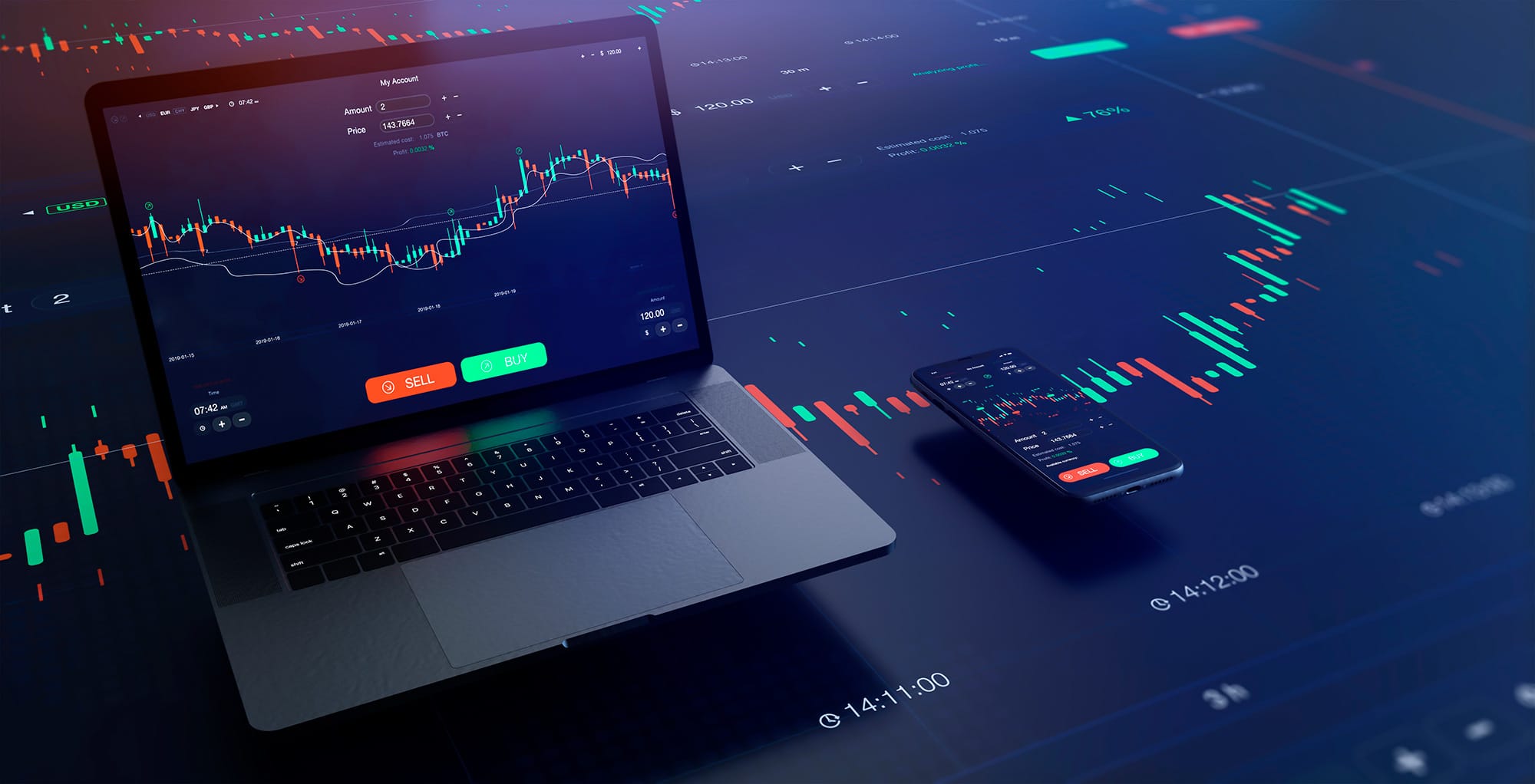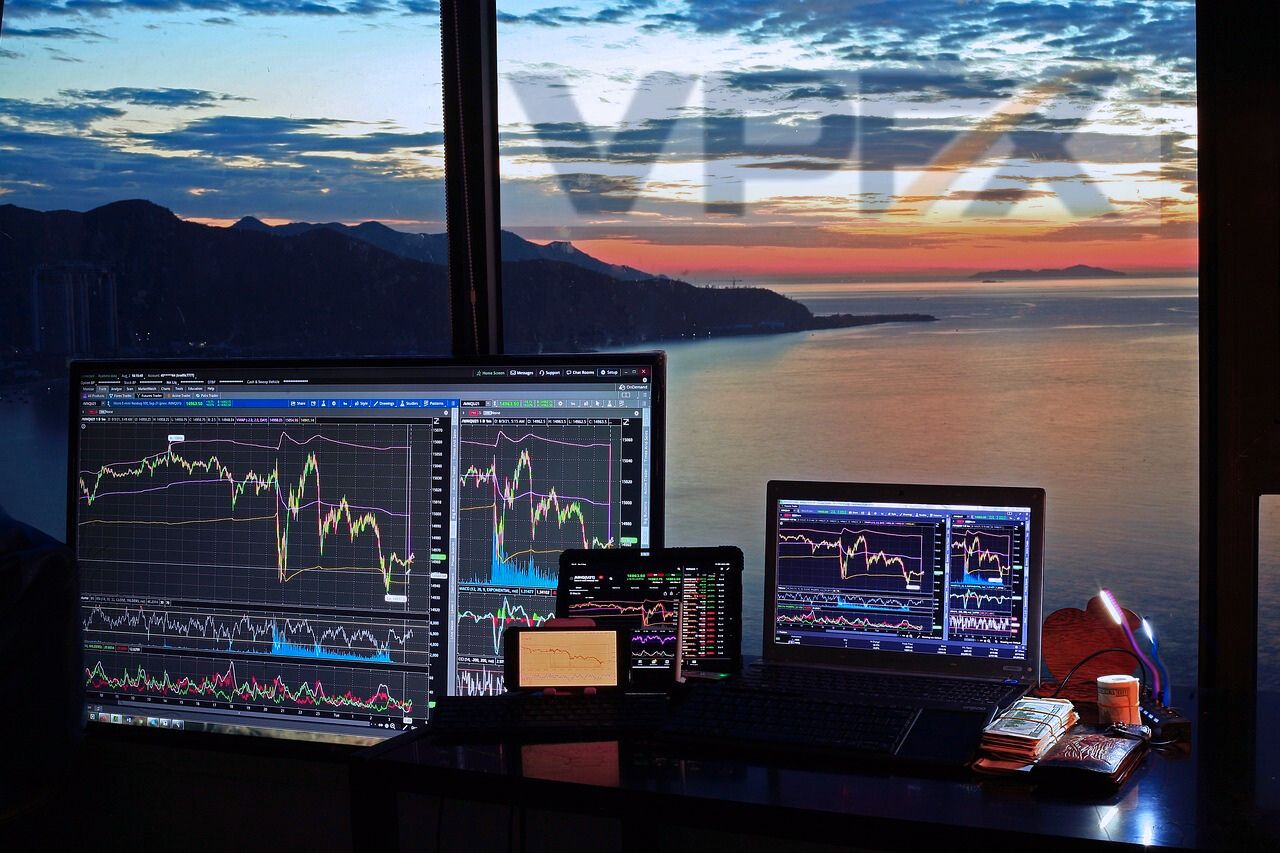The Forex market is the most significant and most liquid of the financial markets. It works according to the scheme 24/5, meaning traders from around the globe can participate in the currency market. Nevertheless, it is essential to note the time and trading sessions of the Forex market since these affect the trading strategies and their leveraged benefit from market overlaps. This article will discuss Forex market hours, trading sessions, and market overlaps.
Understanding Forex Market Timings
Forex market timings refer to the hours of operation for trading on the Forex market. Unlike traditional stock markets, which operate according to the best Forex Market timing, Forex operates through a decentralised network of global financial centres. This means that when one closes, another opens, maintaining the Forex market open continuously.
The Forex market operates 24 hours, five days a week, simply for traders’ convenience to trade currencies at any time. Though it might sound exciting to note, the Forex market doesn’t trade on weekends. It opens with the Asian session on Sunday evening, according to GMT and closes with the North American session on Friday evening.
Different Sessions of Forex Market
The Forex market comprises four major trading sessions: the Asian session, the European session, the North American session, and the Pacific session. All these sessions are part of extraordinary moments, each with peculiarities and trading opportunities. Understanding the dynamics of these sessions will enhance your trading experience.
Asian Session: The Asian session was the first significant trading session to open when the Tokyo market opened. It has relatively low volatility and lower volumes compared to other sessions. In this session, the most active currency pairs are major ones, including the Japanese yen: USD/JPY and EUR/JPY. It will also suit traders with Asian currency pairs or other traders who prefer a less noisy environment.
European Session: The European session is the most active in the Forex market. Accompanied by the opening of major financial centres in Europe like London, Frankfurt, and Paris, it gets underway. It overlaps significantly with the Asian session for some hours, thus boosting the overall trading activity. With this session recognised to have high liquidity and volatility, day traders and scalpers especially prefer it. The major currency pairs with the Euro, such as EUR/USD and EUR/GBP, are most active during this session.
North American Session: The North American session opens when the New York market opens and is usually the second most active Forex market session. It overlaps with the European session for a few hours, creating high trading volume and volatility. This session is most dynamic and influences the trading market, particularly during the release of data on national economies or US news. It represents the height of activity for the major currency pairs with the US Dollar; these include USD/CAD and USD/CHF.
Pacific Session: Some people call the Pacific session the Sydney session, the last of the major trading sessions for the day. It opens with the opening of the Sydney market and, for some hours, also overlaps with the Asian session. It typically has lower trading volumes and volatility compared to the other sessions. It can still provide trading opportunities, especially for those focusing on currencies like the AUD and NZD.
Choosing the Right Session
Choosing the proper trading session depends significantly on your style of trade, time availability, and the currency pairs you like trading. If you are a day trader or enjoy higher volatility, you will be comfortable trading during the European and North American sessions. If you prefer a quiet time to trade or look at Asian currencies, then the Asian session would be perfect.
Market overlaps occur when two trading sessions overlap. Traders highly regard these times as a sign of better liquidity and more opportunities to trade. The biggest overlaps occur between European and North American sessions. Participants from these two markets trade in these sessions, ensuring higher trading volumes and a likely change in price as per a reliable forex trading company.
Understanding Market Overlap
Market overlap plays a vital role in Forex trading because it offers traders opportunities to profit from this enhanced degree of liquidity and volatility. Indeed, overlaps enable trading by increasing volumes and profiting from potential price swings. However, not all overlaps are valuable, and each has the most convenient conditions for trading.
Here are some common types of market overlap:
European and North American Overlap: This generally overlaps with the European and North American sessions, which, from a trading point of view, are considered the most important. Here, the two largest markets can be found open simultaneously. It is usually from 12:00 to 16:00 GMT when volumes and volatility are likely at their highest since traders are active in both areas. During this overlap, major U.S. economic news releases can significantly affect currency pairs with the U.S. Dollar.
Asian and European Overlap: The overlapping between the Asian and European sessions occurs in the early hours of the European session. Compared to the European and North American overlap, it could not be marked with volatility, but it still creates trading opportunities as the participants of both sessions are active. This would help traders who trade mostly Asian currencies or those who just can’t function in a fast market.
Asian and Pacific Overlap: The Asian and Pacific sessions overlap somewhat. This overlap is relatively short and occurs during the late hours of the Asian session. Although this might generate little trading activity relative to other overlaps, it gives an excellent opportunity for trading among traders who focus on the Australian and New Zealand Dollars.
The Bottom Line
Understanding Forex market timings, trading sessions, and when markets overlap is the key to becoming a successful trader in the Forex market. All trading sessions have their characteristics and specific opportunities for traders. Aligning trading activities with particular sessions and using overlapped markets could enhance your trading strategies and increase your chances of success. Select the best trading sessions in Forex by considering your trading style, preferred currency pairs, and the volatility you can handle.





